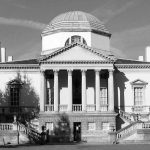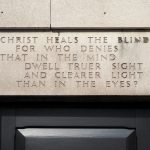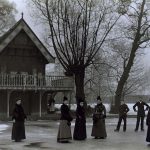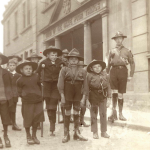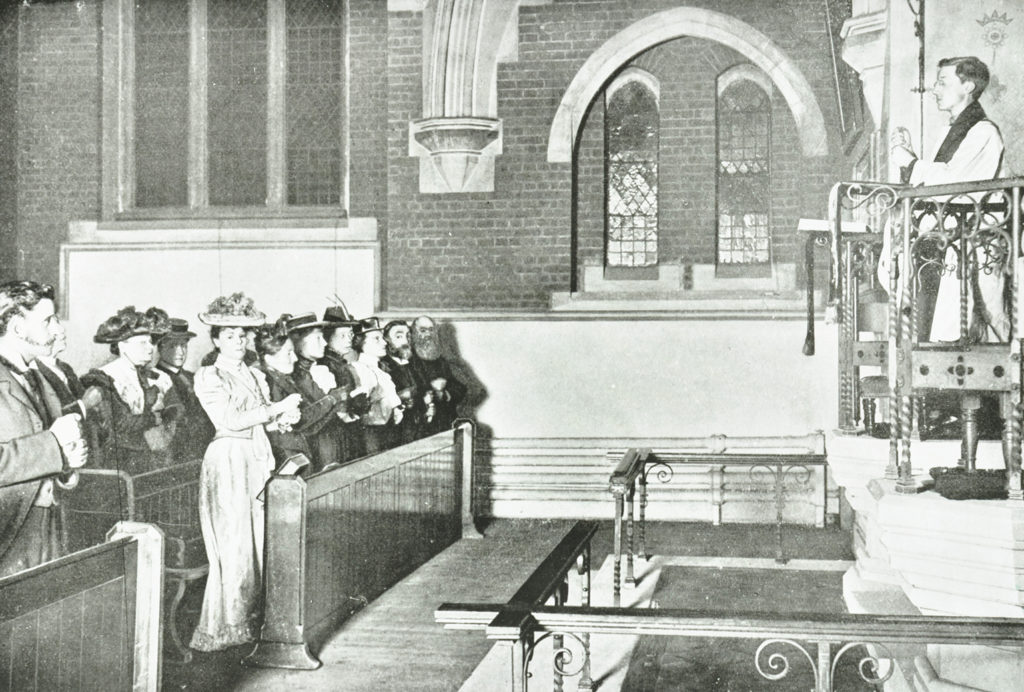My name is Phoebe, I’ve been volunteering for History of Place since February.
We are currently researching the Saint Saviour’s Church in Acton.
The congregation’s first building was constructed on Oxford Street in 1841, with a first service in 1875. The building became a symbol for the right of deaf people to take a full part in church and society.
This site was leased to RAD (then known as The Association in Aid of the Deaf and Dumb) for 60 years by the Duke of Westminster. Rev Samuel Smith was the first priest to serve there.
After the church was moved, it lived in a newly built home in Acton where it remained in use for over 90 years. The first cornerstone of the church was laid by the Prince of Wales himself, with his wife Princess Alexandra, who also had a hearing impairment.
Everything from the way the church faced to allow more light into the building, to the sloping floor was all designed purposefully, to ensure everyone in the church could see both pulpits; one for the celebrant and one for the person signing.
Designed for people in the deaf community, this truly remarkable building has no pillars, a high ceiling and an unrestricted view of the pulpit providing the entire congregation with an unobstructed view of the service.
Everything from the way the church faced to allow more light into the building, to the sloping floor was all designed purposefully, to ensure everyone in the church could see both pulpits; one for the celebrant and one for the person signing.
Unfortunately, due to lack of funds, the church eventually closed with the last service being held in 2014.
Today, the congregation still attend social meetings and services in Acton in their local community hall.
Documents and archives associated with the church are currently being researched by the History of Place project, and will feature as part of a display at the Victoria and Albert Museum during 2018.

